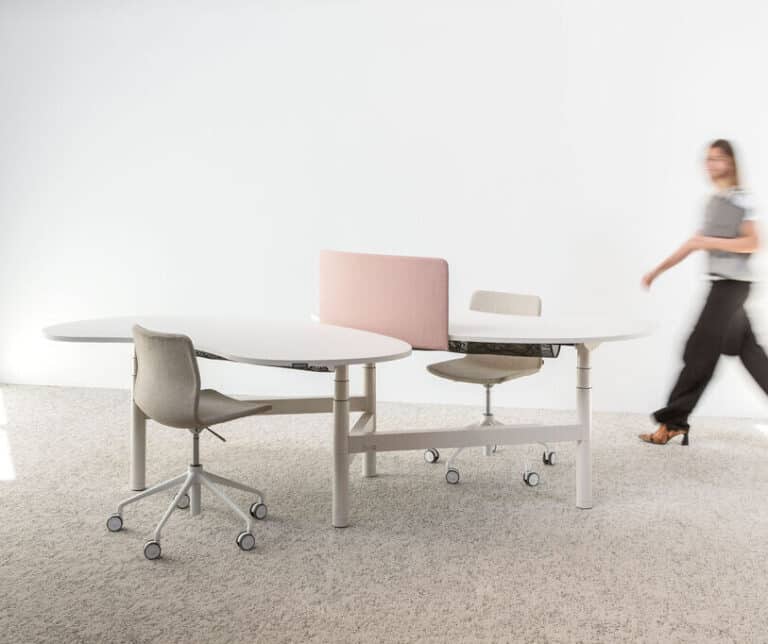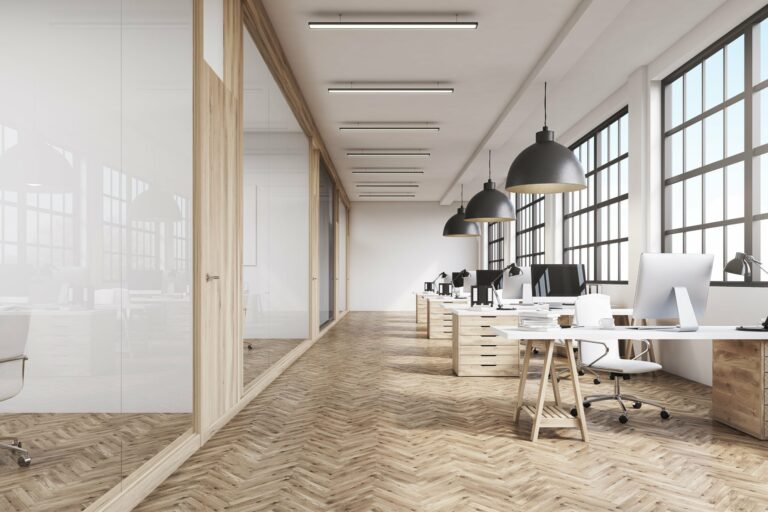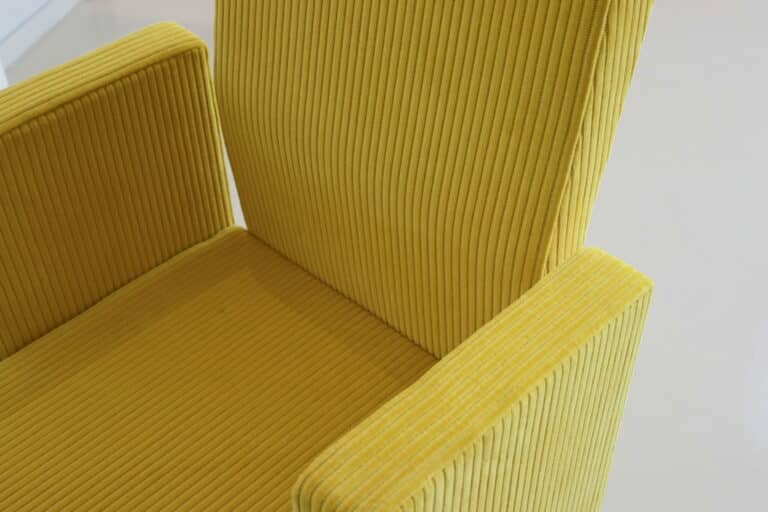Buildings have an extensive direct and indirect impact on the environment. During their construction, occupancy, renovation, repurposing, and demolition, buildings use energy, water, and raw material, generate waste, and emit potentially harmful atmospheric emissions. These factors have encouraged the creation of green building standards, certifications, and rating systems to ease the impact of building on the natural environment through a sustainable design.[2]
The ambition toward a sustainable design increased with the launch in 1990 of Building Research establishment’s Environmental Assessment Method (BREEAM), the world’s first green building rating system. In 2000, the U.S Green Building Council (USGBC) developed and released criteria to improve the environmental performance of buildings through its Leadership in Energy and Environmental Design (LEED) rating system for new construction. Since its first release, LEED has continued to grow in distinction and includes rating systems for existing buildings. Others also responded to the growing interest and demand for sustainable design, including the Green Building Initiative (GBI), which was created to assist the National Association of Homebuilders (NAHVO) in promoting its Green Building Guidelines for Residential Structures.[3]
Green Building Standards have increased over the last few years because of the consequences of sick buildings. An unhealthy indoor environment can cause several problems, from decreased performance to serious illness. Research on environmental sensitivities has shown that, for example, exposure to water-damaged and mouldy buildings has been associated with an onset of conditions such as sick building syndrome, asthma, odour sensitivity and multiple chemical sensitivity. People suffering from these conditions get symptoms when exposed to VOCs or deodorants in undetected concentrations by healthy individuals. For a long, there was a superstition consisting of people with environmental sensitivities who were just hypochondriacs. This was kept by poorly executed studies, where the causality between psychological problems and indoor air symptoms was not interpreted correctly.
According to research, up to 15 % of work absences are caused by low indoor air quality, and some studies say this number is even more significant: by improving the indoor air quality, it might be possible to reduce the risk of sick leave by 35 %. The air we breathe does not only affect us physically, but it is also an essential contributor to our mental wellbeing and performance. Low indoor air quality can reduce productivity by 6-9 %.[4]
The problems caused by the modern ways of living – isolation from nature and poor IEQ (Indoor Environmental Quality) – have been increasingly recognised, and this has led to action on improving our living standards. Green buildings and biophilic design are keywords in future construction. The focus should be concentrated on the people occupying the buildings alongside the environmentally friendly building standards.
Improving the IEQ has been linked to an increasing worker and student performance and can contribute to absenteeism and work-related health issues cause by air quality problems. Implementing plants in the indoor environment is proven to increase productivity. Exposing ourselves to indoor nature not only acts as a therapeutic means to prevent health-related hindrances but also enhances our cognitive abilities, short-term memory, productivity, and creativity.
For a work environment, these factors are considered essential. Building a habitat that promotes the health and productivity of employees is worthwhile.[5]
It has been estimated that by improving the work environment and indoor air quality, it could be possible to create significant savings directly by cutting down adverse health effects. A study has shown that the direct and indirect health effect caused by a low indoor environment affect worker productivity and causes high costs. In another study, it was found that better indoor air quality increased productivity by 15 %.
A study from Harvard University found that better indoor air quality led to a 61-101 % higher cognitive score than people who spent their workdays in offices where the VOC scores were higher. Contact with nature and the air quality we breathe affects our mental health abilities, so how can you improve your indoor environment?[6]
Healthy building design focuses on indoor air quality, visual comfort, light quality, and many other factors.[7] So how do you improve the indoor environment and avoid all these negative factors from sick buildings? The answer is easy: by implementing new technology to

the traditional office. At Welltek, we have different solutions for creating an improved environment that focuses on wellbeing of the employees.
Naava is a Finnish brand that makes it possible for you to bring nature inside. As we spend 90 % of our days indoors, the brand’s mission is to reconnect humans with nature. Naava is not only lovely to look at but absorbs the indoor air through the plant’s roots and soilless growth medium; here, the microbes of the sources purify the air of harmful chemicals and lastly, the fans return the pure and naturalised air into the room. As a result, you can improve indoor air quality and experience better performance and cognitive abilities.
Air0 is likewise a Finnish technology company that is passionate about the air we breathe indoors. The purifiers aim to purify the indoor air by removing all the toxic particles.

Air0 offers Air0 Cloud, a remote control that allows you to control the purifier anywhere; it offers freely programmable purification schedules and purification alerts. Through the remote control, you can be aware of your indoor air quality and see what toxic particles dominate your indoor environment and know where to focus. The interred room filled with air should be fully circulated through the air purifier two to five times an hour as an indicator. By this, you will obtain a healthy indoor environment, which improves wellbeing for all office occupiers.
Finally, we have Light Cognitive; their mission is to bring natural light indoors, as it is here, we spend most of our time. Lighting affects our mood and everyday tasks. With good natural light, you will experience many positive effects such as growing wellbeing, better sleep, and improved productivity. The founder of Light Cognitive found a solution that would benefit all who love nature and natural light beauty. Therefore, the founder innovated lighting that can give the feeling of a beautiful morning, a sunny day or a stunning sunrise. Many office workers struggle because of the lack of natural light during their working hours. By bringing a simple product as Light Cognitive into your office, all employees’ mental health will automatically improve, and you will experience better ambition and motivation from all employees.
For further information, please contact us, visit our showroom in Clerkenwell, look at our Instagram profile or LinkedIn profile.
[1] WBDG.org “Green Building Standards and Certification Systems”
[2] WBDG.org “Green Building Standards and Certification Systems”
[3] WBDG.org “Green Building Standards and Certification Systems”
[4] Science Behind Naava
[5] Science Behind Naava
[6] Science Behind Naava
[7] Biofilico.com “Healthy Building”






